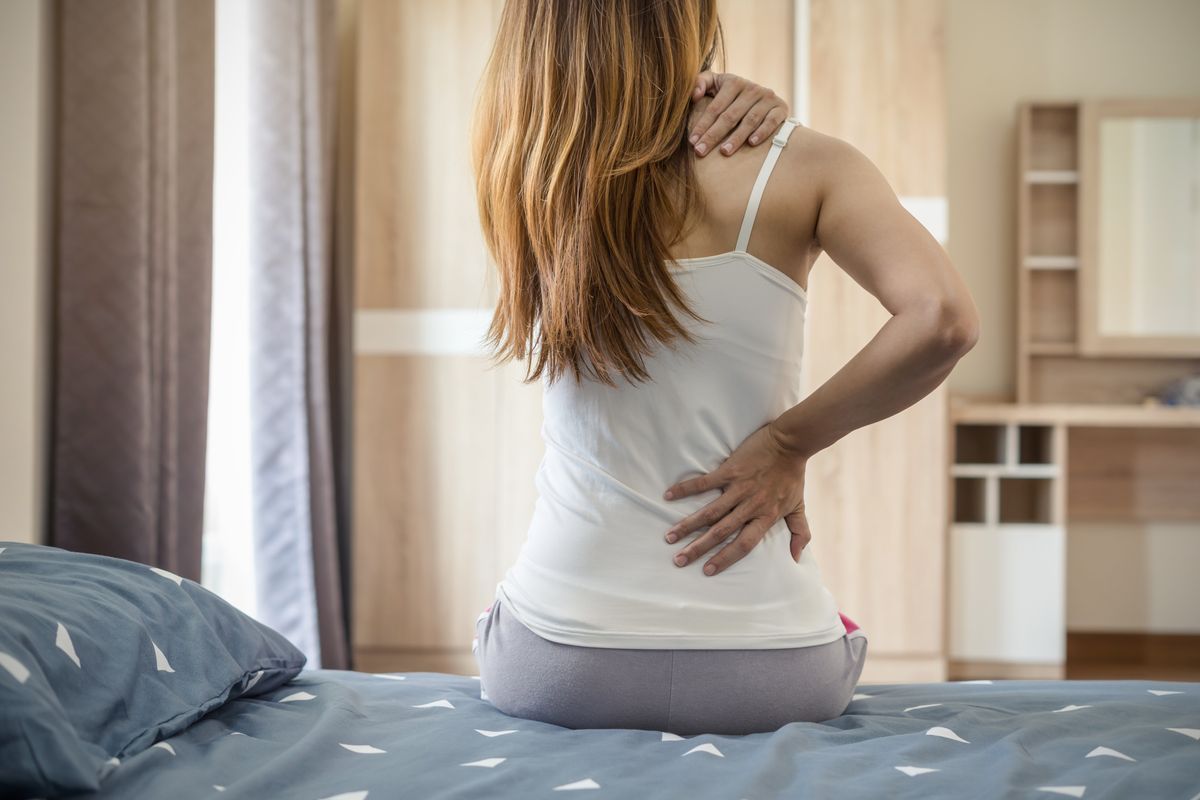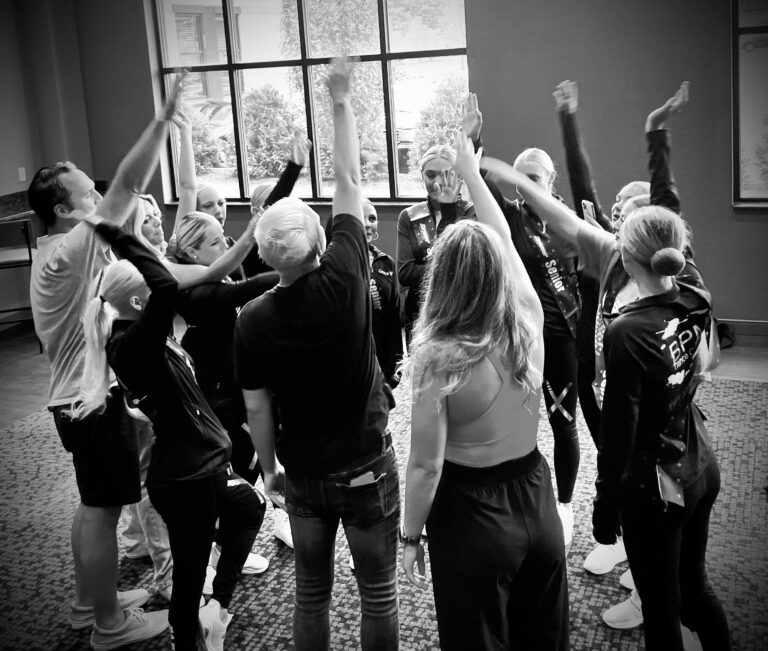
Most everyone has experienced the uncomfortable sensation of a trigger point. A trigger point is a hyperirritable spot in a muscle that often feels like a dull ache or chronically sore point.
Trigger point discomfort (which is more officially called “myofascial trigger points” or “myofascial pain syndrome”) can sneak up on you. You don’t yell “Ouch!” and think, “I have a new trigger point!” Instead, they often appear after muscle strains have healed, but the area still feels stiff and sore. You may or may not feel a lump or knot in the muscle.
A common spot for trigger points is in the trapezius, the diamond-shaped muscle that goes from your mid-back to the base of the head and out towards the shoulders. Poor sitting posture, always carrying a bag on one shoulder, and even excessive mouse use at the computer can create trigger points. Eventually, trigger points in the trapezius can develop into tension headaches or chronic shoulder tension.
Getting rid of trigger points for good means improving overall muscle tone, striking a balance between strength and flexibility. But in the short term, try these suggestions to prevent trigger points and reduce discomfort.
Get a Massage
A massage is a great way to explore where you are holding tension in your body, and it might be in a different area from where it hurts! Gentle yet firm pressure on and around trigger points can release muscle tension—just make sure the massage isn’t so deep as to create tension in other areas. If you are finding yourself tensing up, ask the massage therapist to back off slightly.
Analyze Your Sleeping Position
If you are stiffest first thing in the morning, analyze your sleeping position (being curled up like a pretzel won’t help your body relax overnight!). Think about efficient alignment principles: Many a side sleeper uses extra pillows to keep their spines aligned and not folding in towards the bed (this is especially important for broad-shouldered individuals). Back sleepers may need a bolster or pillow under their knees to keep the lower back from arching. Stomach sleepers and those who sleep in positions like passé or curled tightly into a fetal position need to find a better-aligned position for themselves.
Use Foam Rollers and Balls
There are many tools that can be used to target tension around trigger points. Work slowly and firmly, remembering to breathe deeply as you do so. The same rules apply here as for massage—the goal is to aid the body in reducing, not increasing, muscular tension.
Apply Heat
Hot baths, heating pads and visits to the sauna can provide relief for your trigger points. Some dancers even like to slowly stretch their legs and hips when securely seated. Remember, 15 to 20 minutes is long enough for heat to begin to relax the muscles.
You’ll know what’s working by how your body responds, and of course, if you have continued pain or can’t seem to make any headway from your own efforts, please seek medical guidance.




